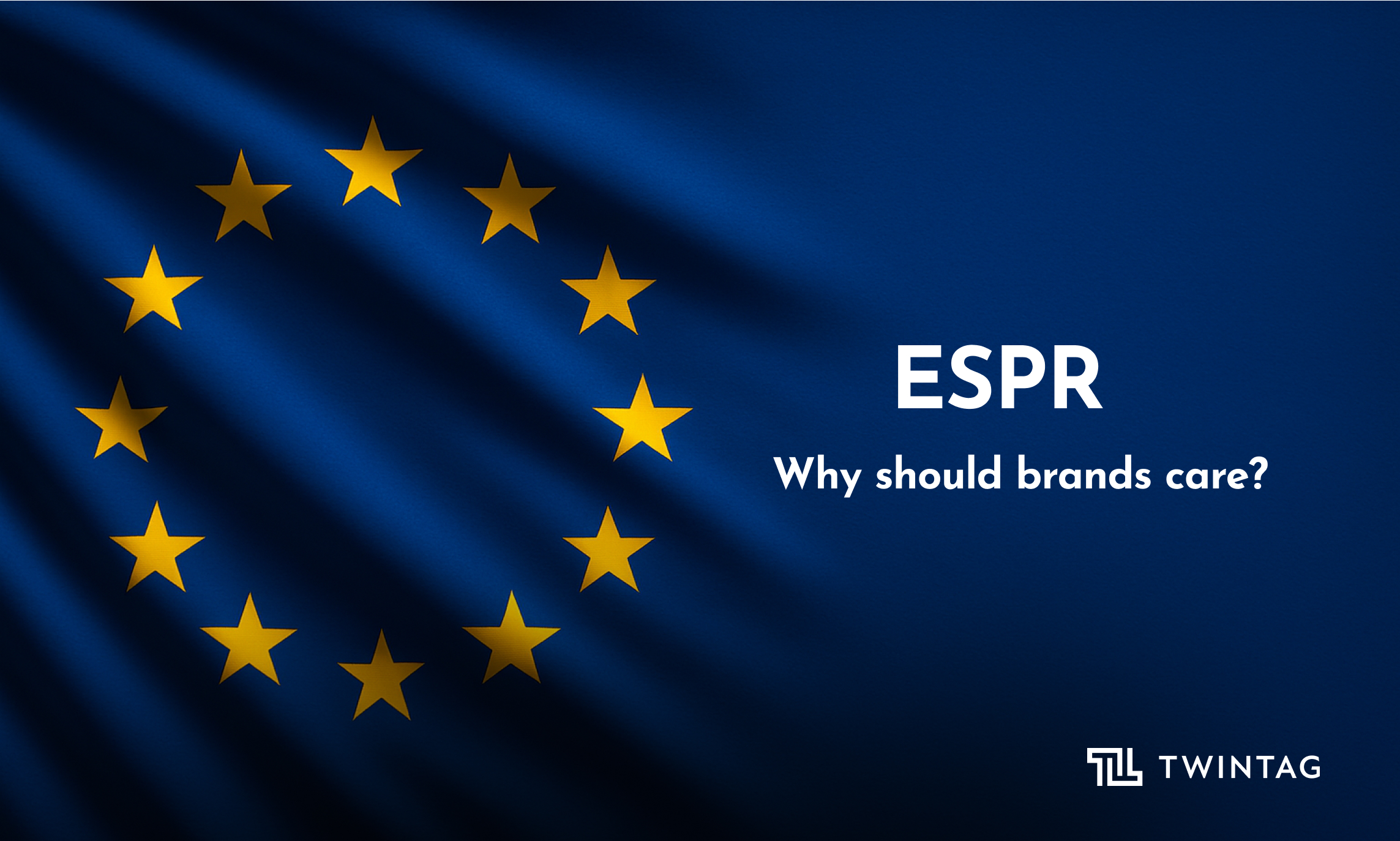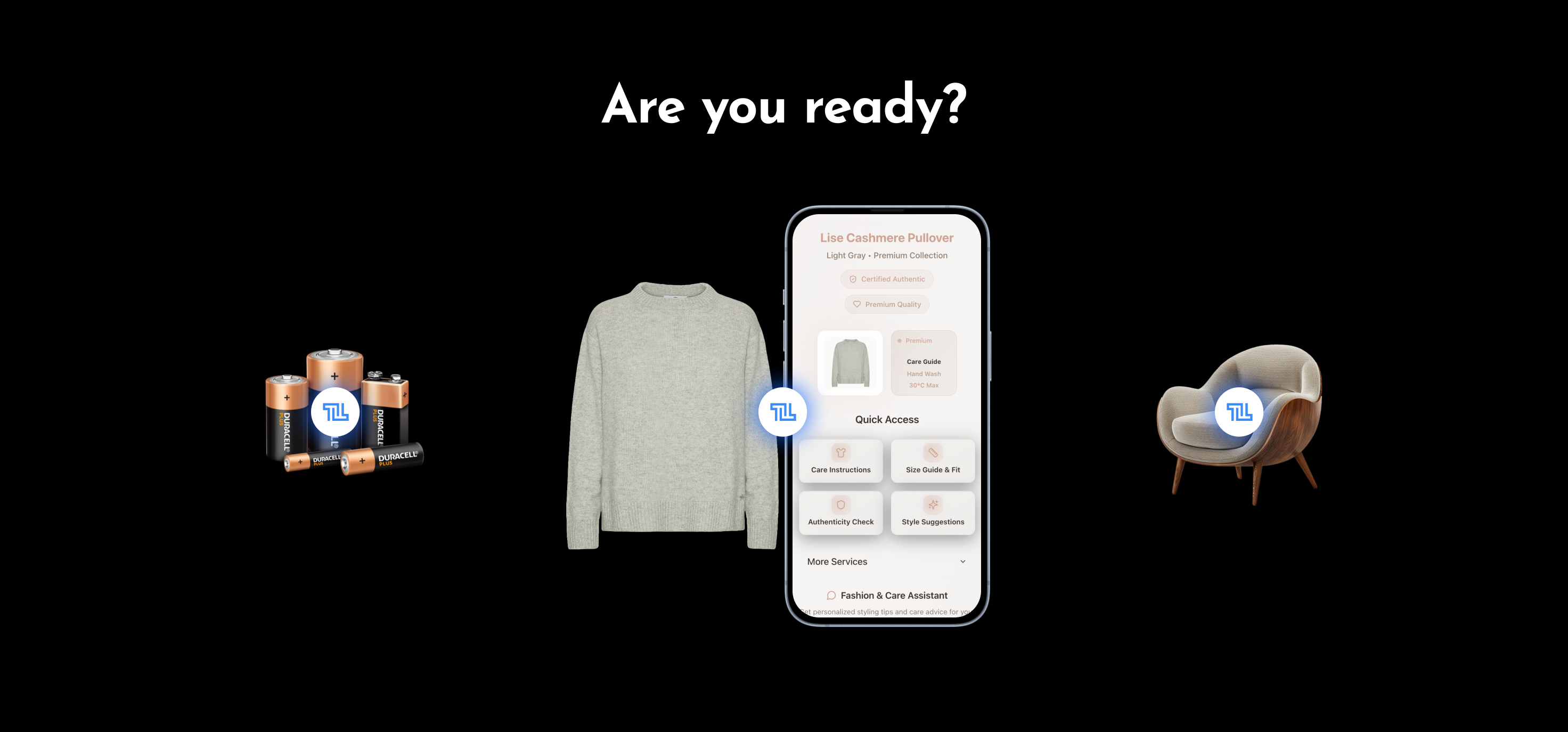Packaging and Packaging Waste Regulation (PPWR): objectives and most recent updates
Between 2009 and 2020, the volume of generated paper, cardboard, plastic, and glass packaging materials rose by over 20%.

This escalating issue of waste generation prompted the introduction of the Packaging and Packaging Waste Directive (PPWD) in 1994, aimed at curbing waste and promoting a circular economy. As environmental awareness and sustainability have increased, the EU has continuously updated this directive, aligning it with the broader goals of the 2020 Circular Economy Action Plan to enhance sustainability in packaging practices across member states.
But what does that mean for businesses? What are the concrete objectives of this proposal? And what are the next steps? Read on to get the answers.
What is the Packaging and Packaging Waste Directive? Purpose, timeline, key objectives, and most recent developments.
The Packaging and Packaging Waste Directive (PPWD – Directive 94/62/EC) is a regulatory framework designed to manage the increasing diversity and volume of packaging materials within the European Union. Instituted to address the substantial rise in packaging waste in the last few years, the directive enforces measures that aim to prevent packaging waste production, enhance the reuse and recycling of packaging, and promote other recovery methods. It specifies the mandatory requirements for all packaging introduced to the EU market, focusing on reducing waste disposal and advancing a circular economy.
In alignment with the European Green Deal and the new Circular Economy Action Plan, the PPWD underwent a significant revision in November 2022. This revision's main objective is to make all packaging reusable or recyclable cost-effectively by 2030. It strengthens the criteria for packaging to improve reuse and recycling rates, increases the integration of recycled materials, and targets the reduction of excessive packaging.
On March 4, 2024, the European Parliament and the Council reached a provisional agreement on this updated regulation, with the latest directive update on April 24, 2024. This revision is awaiting formal ratification by both entities and further adoption by member states.
Recent developments
Recently, the European Parliament adopted new measures to significantly increase packaging sustainability and increase their use period within the EU. These measures, designed to address the rising issue of packaging waste, include:
- Reduction targets: a 5% reduction by 2030, 10% by 2035, and 15% by 2040.
- Single-use Plastic Packaging: from January 1, 2030, the EU will enforce bans on certain single-use plastic packaging for items like unprocessed fresh fruits and vegetables, and for products used in food service settings, including condiments and toiletry miniatures in accommodations.
- Chemical use: the directive introduces a ban on PFASs — often called "forever chemicals" — in food contact packaging to mitigate health risks.
- Reuse and refill solutions: by 2030, specific reuse targets have been established for the packaging of both alcoholic and non-alcoholic beverages (excluding products like milk and wine), as well as for transport and sales packaging. Also, businesses that distribute beverages and takeaway foods will be required to offer consumers the option to use their containers and ensure that at least 10% of their products are available in reusable packaging.
By 2029, an ambitious goal has been set to separately collect 90% of single-use plastic and metal beverage containers up to three litres, through deposit-return schemes or other effective collection systems. These updates represent a robust effort by the EU to address packaging waste comprehensively and foster a more sustainable packaging industry across its member states.
Who will be affected?
Businesses across the EU, particularly those in sectors like food and beverage, cosmetics, and pharmaceuticals, will need to adapt to these changes. The directive will impact packaging designs, material selections, and waste management strategies to ensure compliance with heightened standards.
Preparing for the Packaging and Packaging Waste Regulation (PPWR)
While the Council still needs to formally approve the agreement before it can enter into force and member states can transpose it into regulations, businesses can already start preparing by:
- Conducting a packaging audit: evaluate current packaging solutions and identify opportunities to reduce environmental impact.
- Optimizing packaging design: focus on minimizing material use and enhancing recyclability, exploring innovative solutions that mitigate environmental effects.
- Enhancing supply chain collaboration: collaborate with suppliers to promote sustainable practices throughout the value chain.
- Implementing recycling and reuse programs: strengthen recycling and reuse initiatives and educate consumers on sustainable practices.
- Determine your digital strategy: start implementing digital tools and strategies to facilitate tracking and reporting of packaging materials, reduce waste, and streamline reuse and recycling processes.
Role of technology in PPWR compliance and beyond
The Packaging and Packaging Waste Regulation (PPWR) offers a significant opportunity for businesses to leverage technology in aligning their operations with sustainability goals and contributing to a circular economy.
Twintag enhances PPWR compliance by using dynamic QR codes to link physical products with digital twins, providing essential packaging information. This enables consumers to access details on recyclability and disposal instructions directly.
For businesses, Twintag offers tools to ensure packaging meets EU standards, facilitates accurate compliance reporting, and streamlines reuse and return processes. This not only helps in adhering to regulatory requirements but also promotes transparency and consumer engagement.


-min.png)



